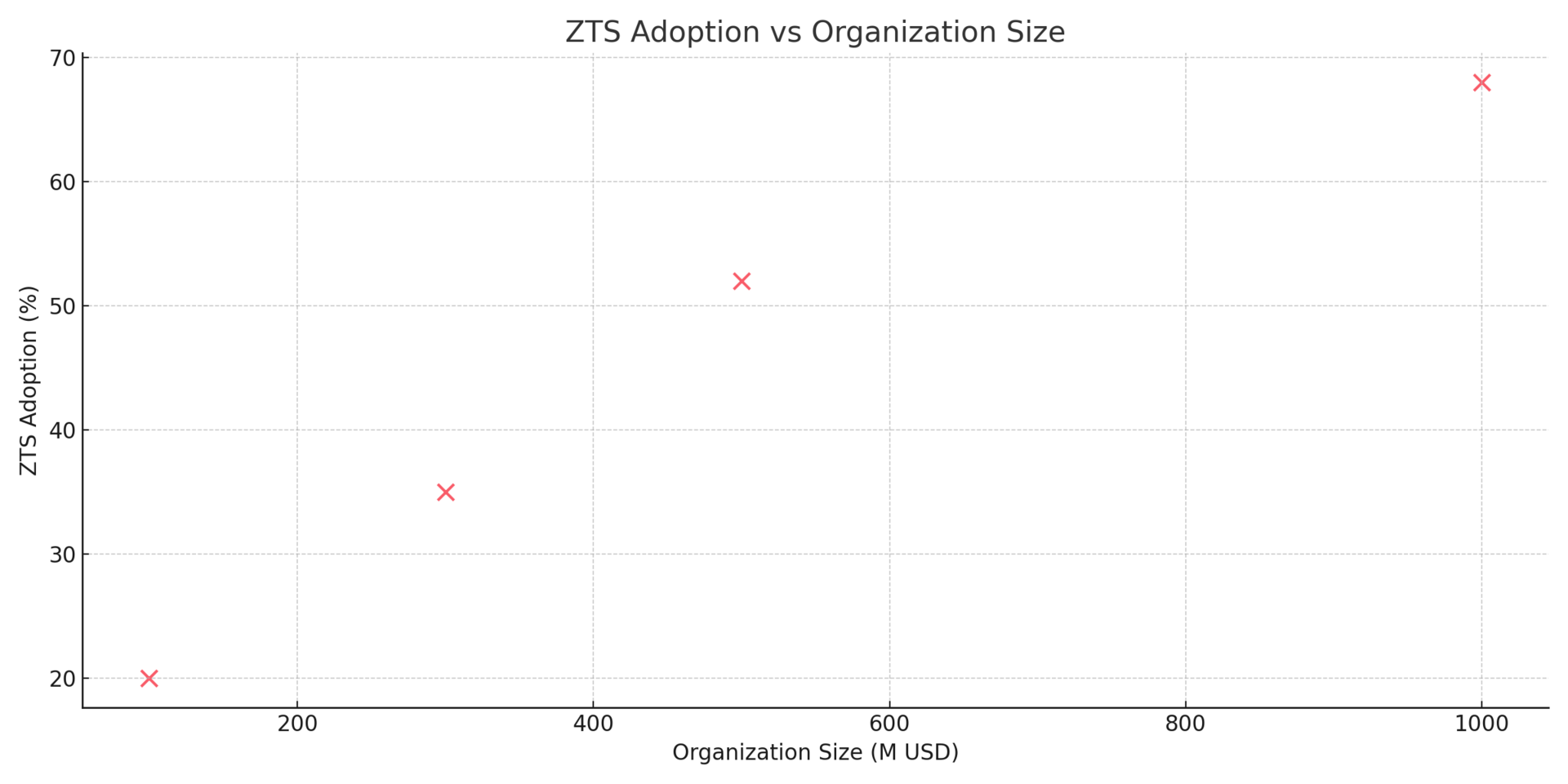- Defend & Conquer: CISO-Grade Cyber Intel Weekly
- Posts
- Zero trust segmentation at large scale: The executive mandate for east-west resilience
Zero trust segmentation at large scale: The executive mandate for east-west resilience
CybersecurityHQ Report - Pro Members

Welcome reader to a 🔒 pro subscriber-only deep dive 🔒.
Brought to you by:
👣 Smallstep – Secures Wi-Fi, VPNs, ZTNA, SaaS and APIs with hardware-bound credentials powered by ACME Device Attestation
📊 LockThreat – AI-powered GRC that replaces legacy tools and unifies compliance, risk, audit and vendor management in one platform
Forwarded this email? Join 70,000 weekly readers by signing up now.
#OpenToWork? Try our AI Resume Builder to boost your chances of getting hired!
—
Get lifetime access to our deep dives, weekly cyber intel podcast report, premium content, AI Resume Builder, and more — all for just $799. Corporate plans are now available too.
Executive Summary
The cybersecurity landscape of 2025 has rendered traditional perimeter defense models obsolete. With 44 percent of breaches now involving ransomware and 80 percent of attacks leveraging Active Directory for lateral movement, the imperative for Zero Trust Segmentation (ZTS) has shifted from best practice to business survival.¹ Organizations implementing comprehensive micro-segmentation strategies are achieving up to 71 percent reductions in Mean Time to Contain (MTTC) while blocking 95 percent of unauthorized lateral traversal attempts.²
Zero Trust Segmentation represents a fundamental architectural shift: establishing identity-centric micro-perimeters around high-value assets rather than relying on implicit trust within network boundaries. This approach directly addresses the finding that 31 percent of breaches involve stolen credentials by ensuring that even compromised identities cannot achieve broad lateral movement without continuous, explicit re-authorization.

Recent regulatory developments have elevated ZTS from optional to mandatory. The European Union's Digital Operational Resilience Act (DORA), effective January 2025, explicitly mandates network segregation proportional to business criticality for financial entities.³ The U.S. Cybersecurity and Infrastructure Security Agency (CISA) issued updated guidance in July 2025 declaring microsegmentation "foundational, not optional" for Zero Trust maturity.⁴
Organizations with annual revenues exceeding 500 million dollars are leading implementation efforts, demonstrating significantly higher adoption rates of critical practices: 52 percent have established dedicated teams to drive adoption compared to 24 percent of smaller organizations.⁵ These larger enterprises are also twice as likely to have CEO oversight of AI governance, a factor strongly correlated with bottom-line impact from technology deployments.

The business case for ZTS extends beyond risk mitigation. Organizations report 30 percent reductions in breach-related costs, 75 percent lower implementation expenses with modern software-defined platforms, and 15 to 30 percent decreases in cyber insurance premiums.⁶ More fundamentally, ZTS enables secure digital transformation by providing a flexible foundation for multi-cloud adoption, AI workload deployment, and hybrid work models.
This report synthesizes insights from recent high-profile incidents, emerging regulatory frameworks, and implementation data from leading enterprises to provide CISOs and executive leadership with an actionable roadmap for deploying ZTS at scale. The analysis demonstrates that while technical execution matters, organizational factors such as CEO engagement, workflow redesign, and cross-functional governance determine ultimate success.

Subscribe to CybersecurityHQ Newsletter to unlock the rest.
Become a paying subscriber of CybersecurityHQ Newsletter to get access to this post and other subscriber-only content.
Already a paying subscriber? Sign In.
A subscription gets you:
- • Access to Deep Dives and Premium Content
- • Access to AI Resume Builder
- • Access to the Archives
Reply